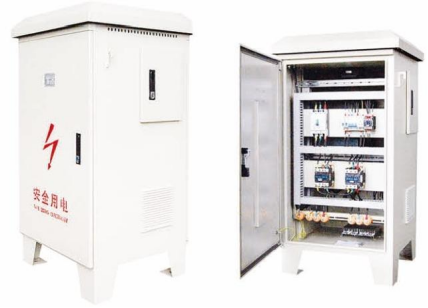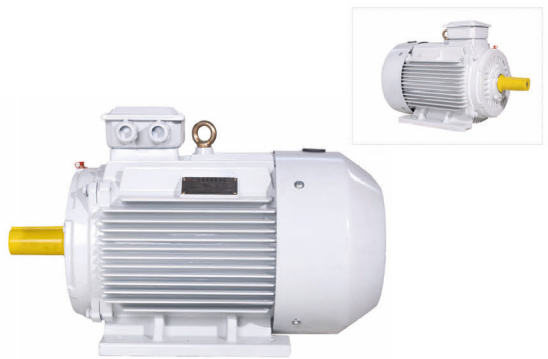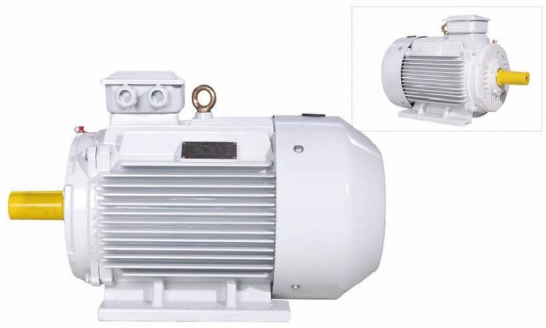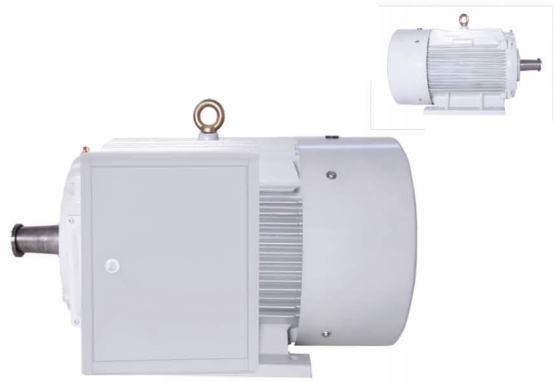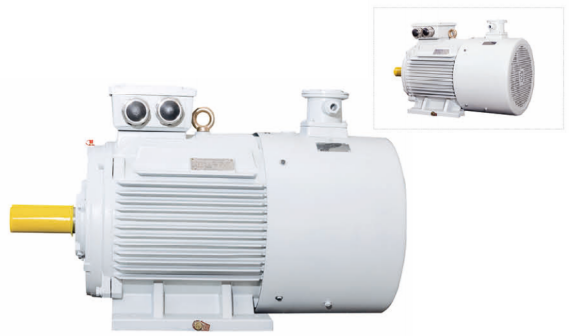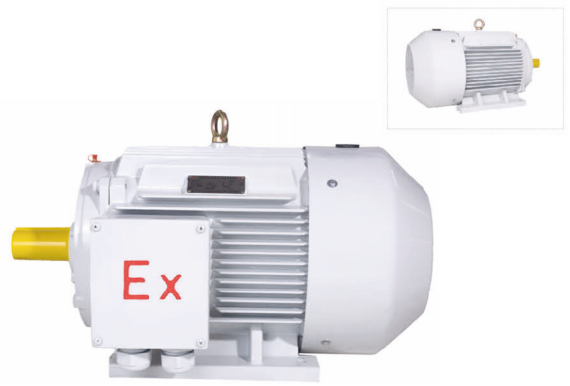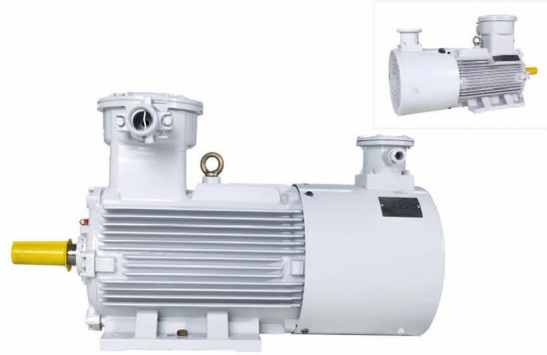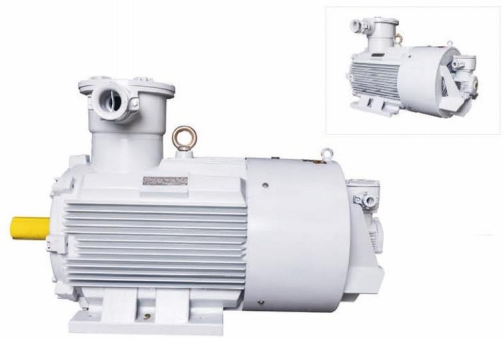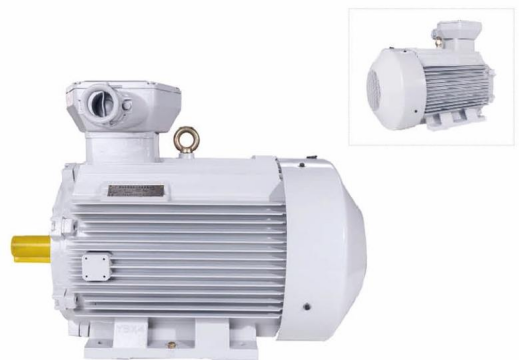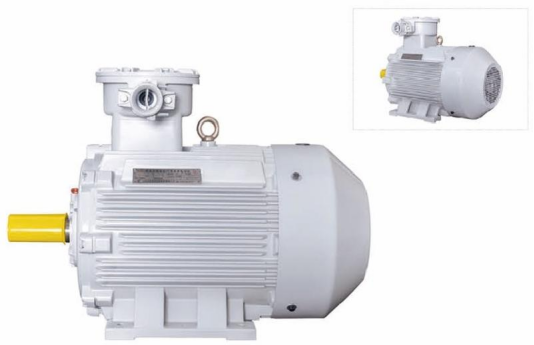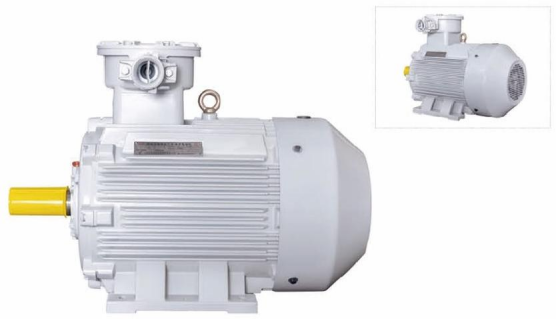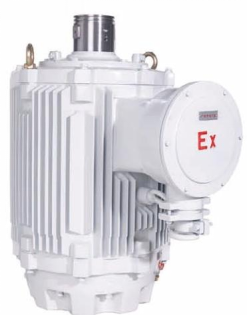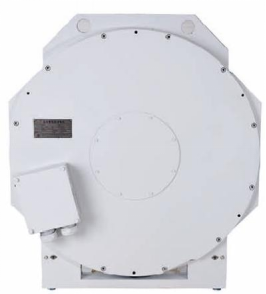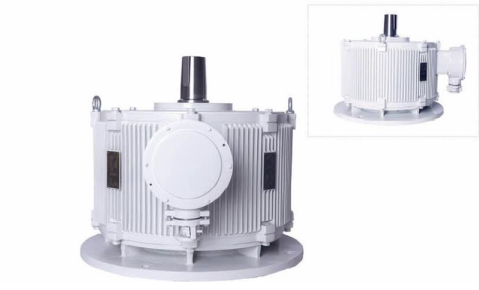Wedoany.com Report-Apr. 6, In recent years, researchers from the University of Tokyo in Japan conducted a six-year field experiment using an agrivoltaics system in Chikusei, a city in Eastern Japan. The study focused on lowland rice cultivation, with solar panels installed under the crops to harness solar energy. The experiment was carried out between 2018 and 2023, and the rice fields have been cultivated for over 50 years. The researchers aimed to understand how solar radiation affects crop productivity and microclimates in temperate climates.
The experimental field, located in Chikusei, covered an area of 1,416 square meters, with 27% of it occupied by monocrystalline PV panels. These panels generated a total capacity of 57.96 kW, with the panels elevated at 3.3 meters above the ground, facing south with a specific angle to optimize solar radiation. The researchers manually adjusted the tilt angle each month to ensure optimal energy capture. The soil was a clay loam with a pH of 6.1, and the water level was maintained between 5 and 10 centimeters during the growing season, except during specific drainage periods.
The study compared the experimental field to a control area where lowland rice was grown without solar panels. Key parameters measured included weather conditions, electricity production, grain quality, biomass, and rice yield. The results revealed that the experimental field experienced slightly lower maximum air temperatures compared to the control area, while the minimum air temperatures remained unchanged. On average, the rice yield in the experimental field was 6.5 tons per hectare, which was 23% lower than the control area’s 8.5 tons per hectare. However, this decrease was not consistent across all years, particularly in years with higher rainfall, where yields were significantly reduced.
Despite the challenges in rice productivity, the agrivoltaics system demonstrated a higher gross return. The gross return for the experimental field averaged JPY 18.7 million per hectare per year, compared to JPY 1.3 million per hectare per year for the control area. This significant difference highlighted the potential benefits of integrating solar energy with rice cultivation, even if it comes with trade-offs in yield and quality.
The researchers concluded that while the rice productivity in the agrivoltaics system was negatively associated with total rainfall, the system still provided a much higher return on investment. They emphasized that the trade-off between yield and quality is a critical consideration for the practical application of agrivoltaics. Overall, the study demonstrated the potential of solar energy to enhance agricultural productivity while maintaining high crop yields.
